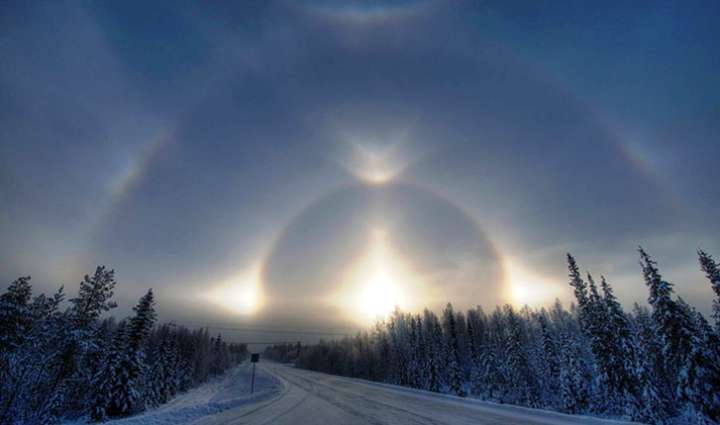
The explosion leveled an estimated 80 million trees over an 830 square-mile area in a radial pattern from the blast zone.
#Tunguska meteoroid windows
Many scientists have participated in Tunguska studies, the best-known of them being Leonid Kulik, Yevgeny Krinov, Kirill Florensky, Nikolai Vladimirovich Vasiliev, and Wilhelm Fast.Īlthough the Richter scale was not yet invented, the explosion is estimated to have created the effects of a magnitude 5.0 earthquake, causing buildings to shake, windows to break, and people to be knocked off their feet even at 40 miles away. The blast, centered in a desolate and forested area near the Podkamennaya Tunguska River in Russia, is estimated to have been a thousand times more powerful than the bomb dropped on Hiroshima. The number of scholarly publications on the problem of the Tunguska explosion since 1908 may be estimated at about 1,000 (mainly in Russian). It is the largest impact event on or near Earth in recorded history. Different studies have yielded widely varying estimates of the object’s size, on the order of 100 metres (330 ft). The explosion, having the epicentre (60.886°N, 101.894☎), is believed to have been caused by the air burst of a large meteoroid or comet fragment at an altitude of 5–10 kilometres (3–6 mi) above the Earth’s surface.

All rights reserved.The Tunguska event was an enormously powerful explosion that occurred near the Podkamennaya Tunguska River in what is now Krasnoyarsk Krai, Russia, at about 07:14 KRAT (00:14 UT) on June 30, 1908. In this way the necessary conditions will be created to build up a synthetic theory of the Tunguska event, in order to explain not only the explosion of a space object at the Podkamennaya Tunguska, but the entire complex of anomalous cosmophysical events in the summer of 1908. Though the final choice between them has not yet been made, the chances of the stony asteroid version have recently grown substantially.The first priority is to solve a set of questions in order that further development of this problem can be defined as follows: (1) the fate of the meteorite fragments in case the TM was really a stony asteroid (2) the possibility of a carbonaceous chondrite and mellow comet nucleus penetration into the troposphere (3) the nature of the element and isotopic cosmochemical anomaly in the area of the Tunguska explosion epicentre (4) the mechanism of geomagnetic effect and optical anomalies developed in the summer of 1908 (5) the possibility of a quick (within hours) transfer of dusty matter from the area of the Tunguska event to Central Asia, European Russia and Western Europe by stratospheric and mesospheric winds and (6) the cause of the mutation process in the area of the Tunguska catastrophe.All these questions might be solved much faster within the frames of international scientific cooperation as recently outlined and of continued fieldwork in the area of the Tunguska explosion. It is stated that nowadays the basic aspect of the TM nature discussion is an alternative "stony asteroid-comet".

The hypotheses proceeding from concepts of the TM low and hyperlow (<0.01 g/cm(3)) density are shown to be inconsistent. The explosion devastated a 2150+/-25 km(2) forest area and produced a radiant burn of flora at more than 100 km(2).The problem of optical events in the summer of 1908 connected to the Tunguska explosion is discussed, as well as that of the origin of element and isotropic anomalies in the area, the most striking feature being peculiarities in the C, H and Pb isotopic composition.A critical analysis is given of hypotheses proposed to explain TM problem. The TNT equivalent of the Tunguska explosion is estimated between 10 and 40 megatons (most probably 15 megatons), probable energy 4.2 x 10(23)-1.7 x 10(24) erg, altitude of the explosion 5-10 km. This paper contains basic data relating to the Tunguska Meteorite (TM) as late as 1996, including flight and explosion of a giant bolide in Siberia on 30 June 1908, related geophysical effects, the results of search of the TM matter and the environmental after effects of the event.


 0 kommentar(er)
0 kommentar(er)
